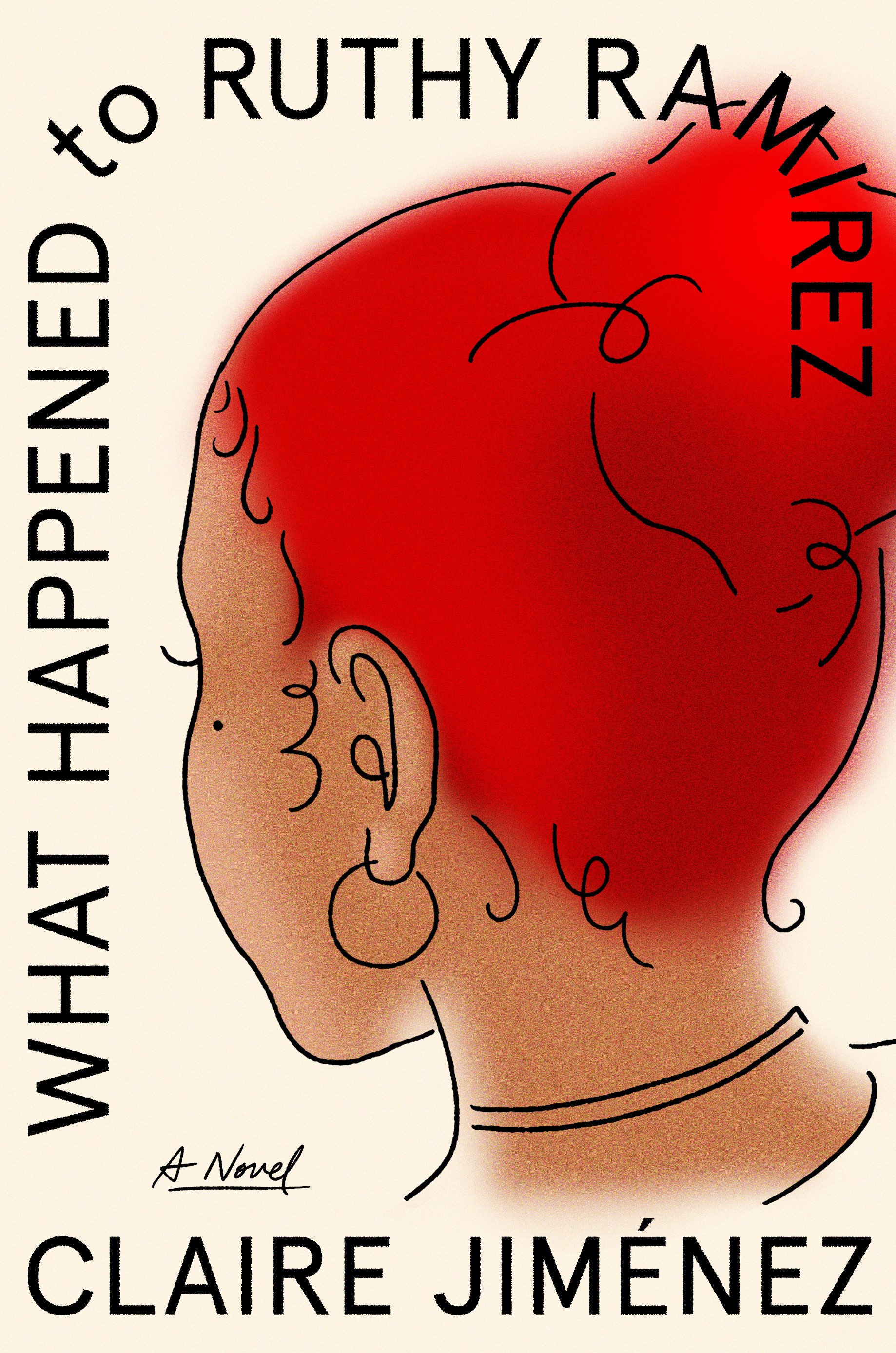In 1996, Ruthy Ramirez disappeared without a trace. The Staten Island 13-year-old had gone to school and then to track practice, but never made it home.
Nina—the youngest of the three Ramirez girls—always thought her sister Ruthy was invincible: the “Queen of the Quick Comeback, hoop earrings and Vaseline, Patron Saint of the Fist and the Late-Night Call Home from the Principal. Who in the world could touch her, my sister?”
The family searched for her and sought the help of cops. But their efforts to find Ruthy were unsuccessful, and the years stretched on. The Ramirez girls’ father, Eddie, would later die. The remaining Ramirez women—Nina, eldest sister Jessica, and their mother, Dolores—continue on, somehow. Still, the heavy question of Ruthy’s whereabouts and her wellbeing continues to hang over them. And this same question becomes too great to manage 12 years later, when Jessica sees who she thinks is Ruthy on Catfight, a vulgar reality show that pits women against one another. Like Ruthy, "Ruthy/Ruby"—as Nina calls the woman behind the screen—is Puerto Rican, has red hair, and the same brown beauty mark beneath her left eye.
Could this woman—alive, breathing and whose way of speaking is eerily familiar—be their long-missing sister?
Claire Jiménez’s powerful debut novel, What Happened to Ruthy Ramirez, explores the ways in which a family’s reality can be shattered, in more ways than one. Jiménez brings a rich portrait of fierce Puerto Rican women, the bonds that tie them, and what becomes of their lives after tragedy.
There’s a bigger story about grief and how a family can be fractured, after tragedy strikes, as well as how undying love can spur a quest for answers: in this novel, the quest is a plan hatched by Jessica and Nina to drive to where the reality show is filmed, find Ruthy, and bring her home.
Jiménez starts the story by introducing the reader to Nina, Jessica and Dolores, and what’s become of them in her absence. Ever since college, Nina had largely avoided her family. As she explains, it “hurt her too much to see up close what had happened to” them over the years. Meanwhile, the older sister, Jessica, has been overextending herself by juggling a demanding job as a nurse, a baby, and looking after their mother, Dolores. Then one day, an overwhelmed and fed-up Jessica tells Nina that it’s her turn to take on the responsibility of helping care for their mother. Having been rejected by medical schools, Nina returns to Staten Island and reluctantly takes a $7.50-an-hour job at Mariposa’s, a lingerie store at the Staten Island Mall. Dolores, a widow who still carries the unbearable weight of the guilt over Ruthy’s disappearance, is in the middle of the two sisters. She’s an endearing and hilarious character—a religious woman who can go to church and rain expletives on someone without hesitation.
“Jiménez brings a rich portrait of fierce Puerto Rican women, the bonds that tie them, and what becomes of their lives after tragedy. . . At the root, this story is about love.”
Jiménez does not shy away from heavy subjects and instead grips them and unfolds them for readers: generational violence, trauma, and the long-reaching effects of colonialism on the Puerto Rican diaspora are some of the themes addressed in the book. In one chapter, Nina confesses that she’d always been afraid of her Pentecostal mother and the way Dolores has overperformed her role. “For so many years, it had felt like she was trying to overcompensate, for having kids so young or for growing up poor or for being Puerto Rican,” Nina says of Dolores. Jiménez explores these themes with remarkable freedom and, many times, snark and humor. And it is because of the writer’s fearlessness on the page that What Happened to Ruthy Ramirez feels like an easy read. The novel is both heartbreaking and funny, fragile and honest.
One noteworthy element of this story is Jiménez’s unflinching hold on the United States’ obsession with reality TV. Through Catfight—the fictional reality TV that maybe Ruthy stars in—the author paints a highly-toxic and harmful environment for women, which resemble familiar reality television shows. The cast of Catfight badmouth and betray each other, and have to literally fight to stay on the show. The author lays bare how Black and Brown women themselves often become centers of humiliation, and even violence, for the sake of others’ entertainment. As readers follow along, they’re challenged on what is true about the contestants’ real lives outside of the show, and what’s not. Jiménez forces readers to sit with the fact that this is the type of content many love to watch—“guilty pleasures” or “trashy reality shows.” What does that say about the representation of Black and Brown women? And what does that say about the viewer?
As a society we’re used to learning about the last day a missing person was seen through witness statements and surveillance video. In the U.S. there’s also disproportionate media coverage of Black and Brown girls who go missing. Jiménez shines a brutal light on this issue by lending voice to Ruthy herself. Early on, the reader gets an introduction to Ruthy and her version of her story; a slow pan of her last day at school before her disappearance. Chapter 4 begins by telling readers that, in order to know what happened to Ruthy Ramirez, then they need to understand what happened that day at school. It’s a brilliant decision by Jiménez to have Ruthy share her own truth. In less than a handful of chapters, readers are given a glimpse into who Ruthy is at 13, with her “crazy-ass moms,” sisters and dad in a little pink town house.
At the root, this story is about love. The Ramirez women, though flawed and complicated (because who isn’t?), love one another fiercely. And they won’t stop trying to fill the gaping hole that once held Ruthy.
Claire Jiménez is a Puerto Rican writer who grew up in Brooklyn and Staten Island, New York. She is the author of the short story collection Staten Island Stories (Johns Hopkins Press, December 2019), which received the 2019 Hornblower Award for a first book from the New York Society Library. Jimenez is a PhD student in English with a concentration in ethnic studies and digital humanities at the University of Nebraska–Lincoln. She received her MFA from Vanderbilt University. Recently, she was a research fellow at the Center for Puerto Rican Studies at Hunter College. In 2020, she was awarded a Mellon Foundation grant from the U.S Latino Digital Humanities Program at the University of Houston. Currently, she is an assistant fiction editor at Prairie Schooner. Her fiction, essays and reviews have appeared in Remezcla, Afro-Hispanic Review, PANK, The Rumpus, el roommate, Eater, District Lit, The Toast and the Los Angeles Review of Books, among other publications.
Amaris Castillo is an award-winning journalist, writer, and the creator of Bodega Stories, a series featuring real stories from the corner store. Her writing has appeared in La Galería Magazine, Aster(ix) Journal, Spanglish Voces, PALABRITAS, Dominican Moms Be Like… (part of the Dominican Writers Association’s #DWACuenticos chapbook series), and most recently Quislaona: A Dominican Fantasy Anthology. She has new work forthcoming in Sana, Sana: Latinx Pain and Radical Visions for Healing and Justice, out in July from Common Notions Press. Her short story, “El Don,” was a prize finalist for the 2022 Elizabeth Nunez Caribbean-American Writers’ Prize by the Brooklyn Caribbean Literary Festival. She is a proud member of Latinx in Publishing’s Writers Mentorship Class of 2023 and lives in the Tampa Bay area with her family and dog, Brooklyn.










